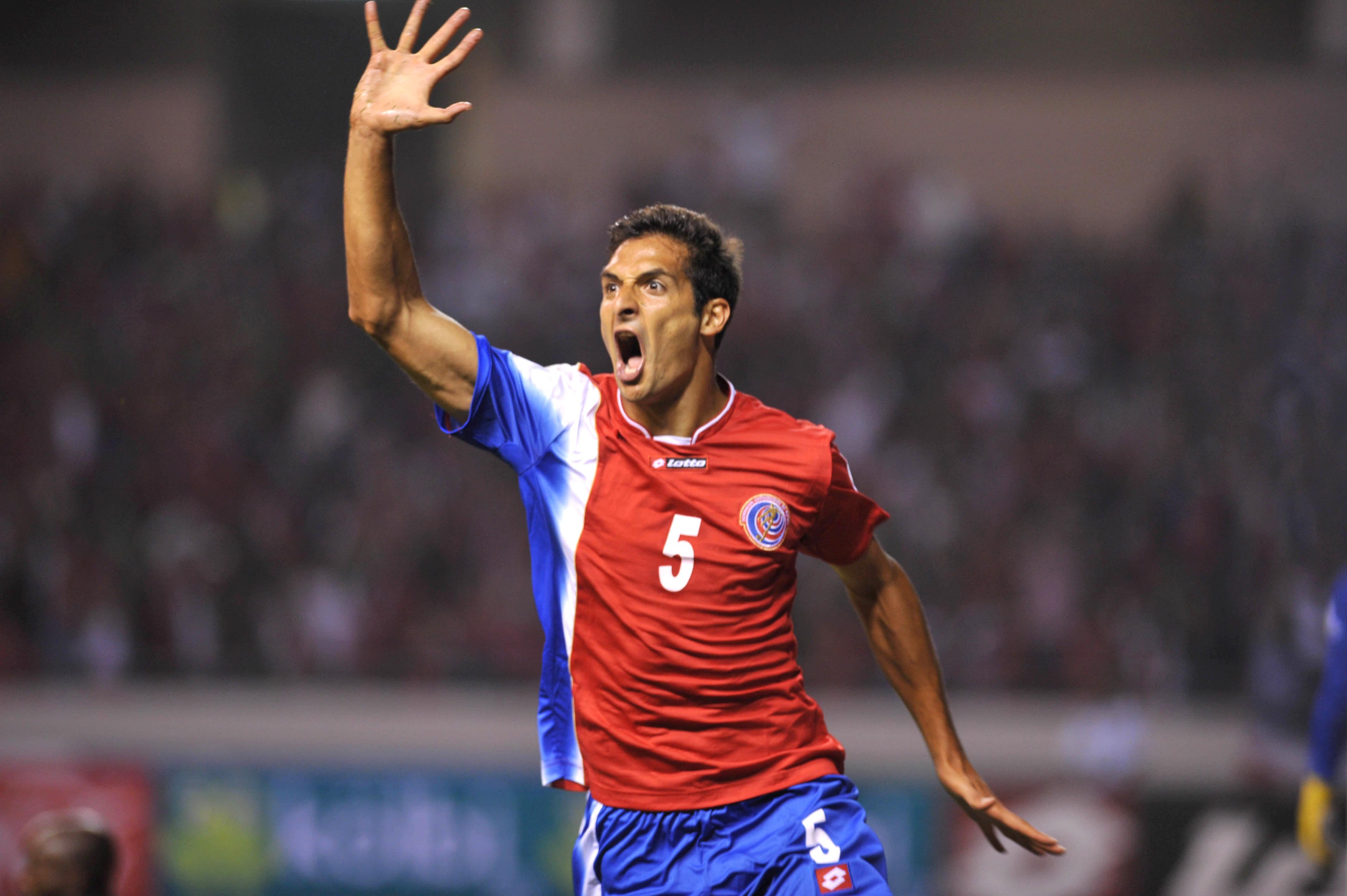Everyone loves a good underdog story and this year they’re getting it in Costa Rica. The scrappy squad is top of Group D heading into the final group game and already through to the last 16 after beating Italy 1–0 and besting Uruguay 3–1. Costa Rica will wrap up its dominant run in the group round this afternoon with a largely meaningless match against an already knocked-out and thoroughly abashed England.
Costa Rica’s advance is stunning enough considering that some had predicted it could lose all three games in an opening group filled with heavyweights. But perhaps even more thrilling is another thread in Costa Rica’s saga: It still takes more than deep pockets to be an athletic world power.
When it comes to the economics of the World Cup, Costa Rica’s team is dwarfed in value by almost every other nation in contention. The “market value” of Costa Rica as assessed by trading site Transfermarkt is about $44 million. That’s a tiny fraction of the $500 million value that England’s team commands. In fact, two players on England’s roster—Wayne Rooney and Jack Wilshere—are worth more individually in Transfermarkt’s estimates than the entire Costa Rican squad combined.
To be sure, this data isn’t a perfect proxy for the current value of teams. Transfermarkt’s values consider factors including individual and club team performance, contract history and age, and international experience; it’s not a simple sum of how much each player on the roster makes. But it still makes clear just how big a financial gap Costa Rica has overcome. To put this in perspective with a non-soccer-related index of economic prosperity, Costa Rica’s 2013 GDP of $48.51 billion was nowhere near the U.K.’s $2.49 trillion.
Examine the rest of Group D and finances remain lopsided. Italy’s market value is approximately $480 million (11 times Costa Rica’s), and Uruguay’s around $325 million (seven times Costa Rica’s). Altogether, Transfermarkt estimates that Costa Rica has the fourth-lowest market value of the 32 teams in the World Cup—trailed only by Iran, Australia, and Honduras.
Moving onto coaches’ salaries, the $440,590 that Jorge Luis Pinto earns is pocket change compared with the sums that the coaches of other teams net. England’s Roy Hodgson, the second-highest paid coach at the World Cup, makes $5,874,570. Italian coach Cesare Prandelli is right behind with a $4,322,010 salary while Uruguay’s Óscar Tabárez also clears $1 million in pay.
